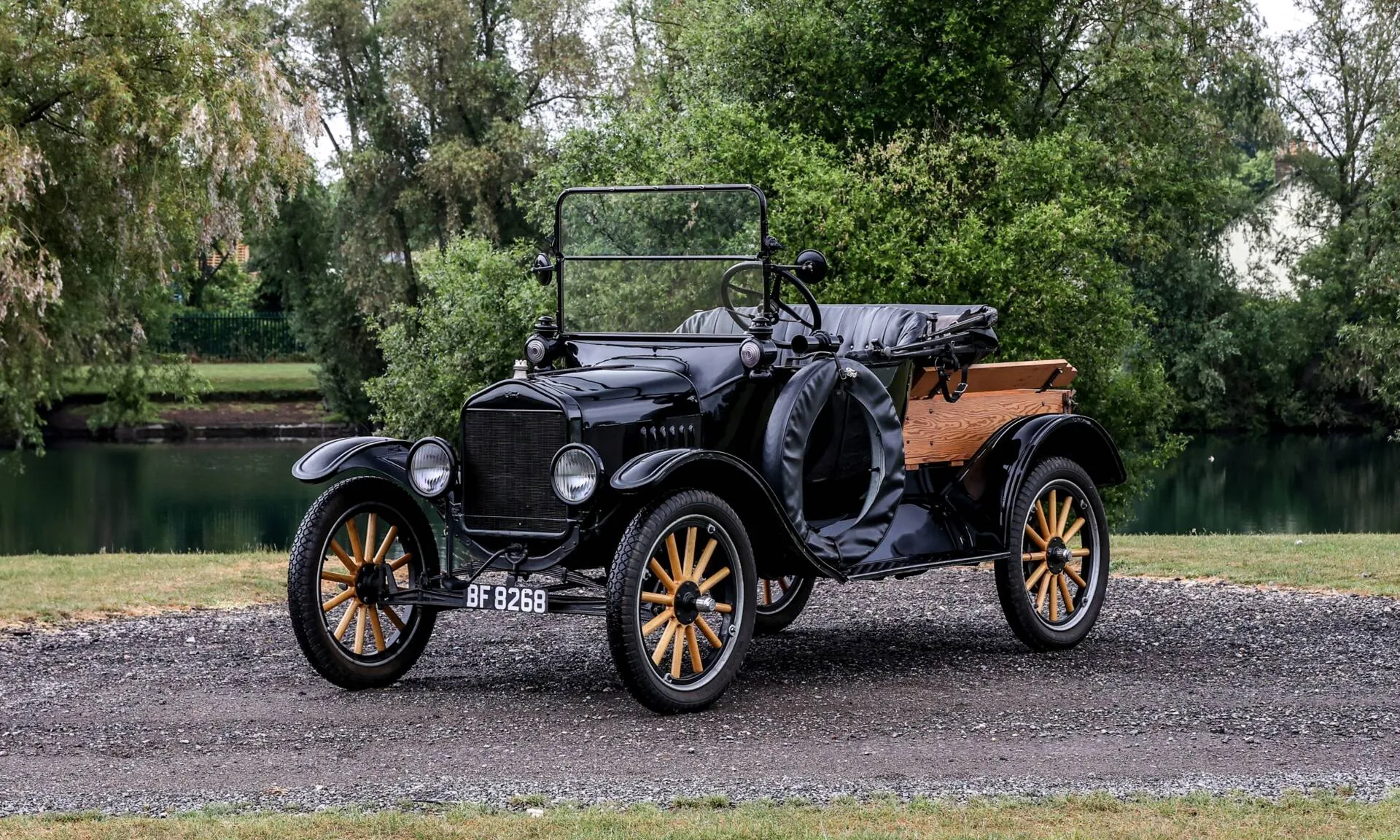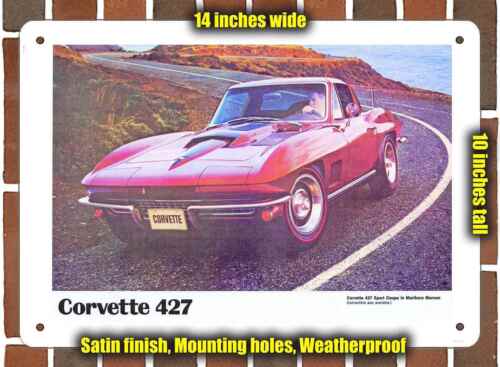The Model T Ford is more than just a vintage automobile—it’s a symbol of industrial innovation that transformed transportation forever. Produced by the Ford Motor Company between 1908 and 1927, the Model T Ford is widely regarded as the first affordable car that made personal vehicles accessible to the average American. Known as the "Tin Lizzie," it became the foundation for mass automobile production and set the stage for the modern automotive industry.
In this article, we’ll explore the history, features, and legacy of the Model T Ford, while understanding why it remains one of the most important technological achievements of the 20th century.
The Birth of the Model T Ford
When Henry Ford envisioned the Model T, his goal was to create a vehicle that was simple to operate, durable, and affordable. In 1908, the first Model T Ford rolled off the production line. Unlike luxury cars of that era, the Model T was designed for the everyday driver—rugged enough for rural roads and efficient enough for city use.
The real breakthrough came in 1913 when Ford introduced the moving assembly line to manufacture the Model T. This reduced production time from over 12 hours to just 90 minutes per vehicle. The efficiency of this method allowed Ford to drop the price significantly, making car ownership attainable for millions.

Model T Ford Features
While simple by modern standards, the Model T Ford features were groundbreaking for its time.
1. Engine and Performance
The Model T was equipped with a 2.9-liter, four-cylinder engine capable of producing 20 horsepower. It had a top speed of around 45 miles per hour, which was impressive in the early 1900s. Its fuel efficiency was also notable, averaging about 13–21 miles per gallon depending on road conditions.
2. Versatility
The Model T Ford was designed to handle the rough, unpaved roads common at the time. Its high ground clearance and sturdy steel chassis made it reliable in both urban and rural environments.
3. Affordable Maintenance
One of the biggest advantages of the Model T was its ease of repair. Owners could perform basic maintenance themselves, and replacement parts were inexpensive and widely available.
4. Customization Options
Over the years, the Model T was offered in various body styles, including a two-door roadster, four-door sedan, and pickup truck variant. However, Ford famously offered the car in “any color you want—so long as it’s black” for several years, as black paint dried faster and was more cost-efficient for production.
The Impact of the Model T Ford on Society
The Model T Ford didn’t just change the way people traveled—it reshaped society.
1. Affordable Transportation for the Masses
Before the Model T, automobiles were luxury items. By lowering production costs, Ford made car ownership accessible to working-class families. This newfound mobility allowed people to travel farther for work, education, and leisure.
2. Economic Growth
The mass production of the Model T created thousands of jobs, both directly at Ford factories and indirectly in related industries such as steel, rubber, glass, and road construction.
3. Cultural Influence
The Model T Ford became a cultural icon of American progress. It symbolized freedom, independence, and the spirit of innovation that defined the early 20th century.

Why the Model T Ford Matters to a Technology Audience
For a modern technology audience, the Model T Ford is a prime example of how disruptive innovation can reshape entire industries. Much like today’s tech breakthroughs—such as smartphones or electric vehicles—the Model T combined existing technologies in a way that transformed them into something accessible and scalable.
Henry Ford’s use of the assembly line mirrors today’s concepts of automation, efficiency, and cost reduction in manufacturing. It shows how a single process improvement can have far-reaching effects, from lowering consumer prices to redefining market demand.
Legacy of the Model T Ford
By the time production ended in 1927, over 15 million Model T Fords had been sold worldwide. It remained the best-selling car in history until the Volkswagen Beetle surpassed it in 1972.
Even today, the Model T is celebrated among car enthusiasts, historians, and engineers as a milestone in industrial design. Many restored models still operate, serving as a reminder of how far automotive technology has come—and how innovation continues to drive progress.
The Model T Ford was more than just a car—it was a technological revolution that changed the way people lived, worked, and connected. By making automobiles affordable and practical for the masses, Henry Ford didn’t just build a vehicle; he built a movement that accelerated industrial growth and reshaped society.
For today’s technology audience, the story of the Model T Ford is a powerful lesson in innovation, efficiency, and vision. Whether you’re in the automotive industry or tech manufacturing, the principles that made the Model T successful—affordability, scalability, and user accessibility—remain just as relevant today.



-1686960299x1024.jpg)
-1686039827x1024.jpg)